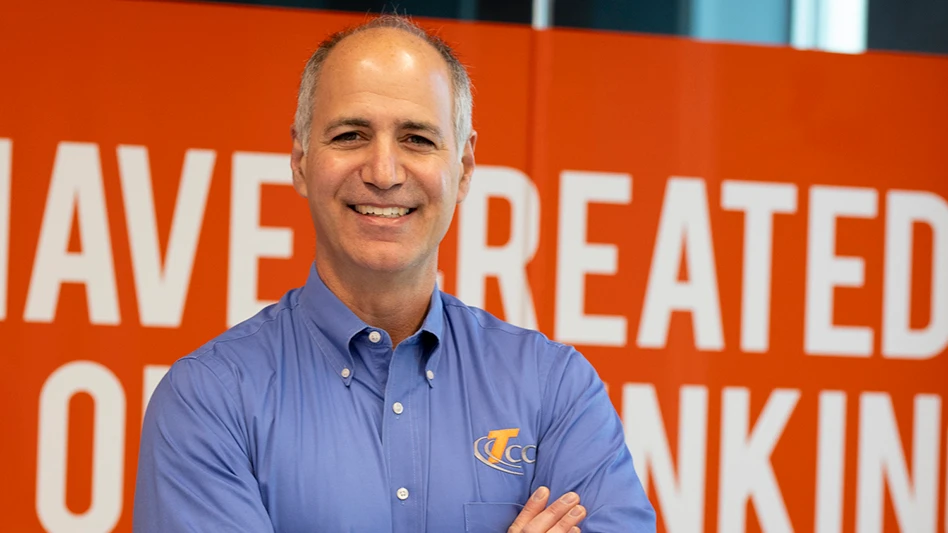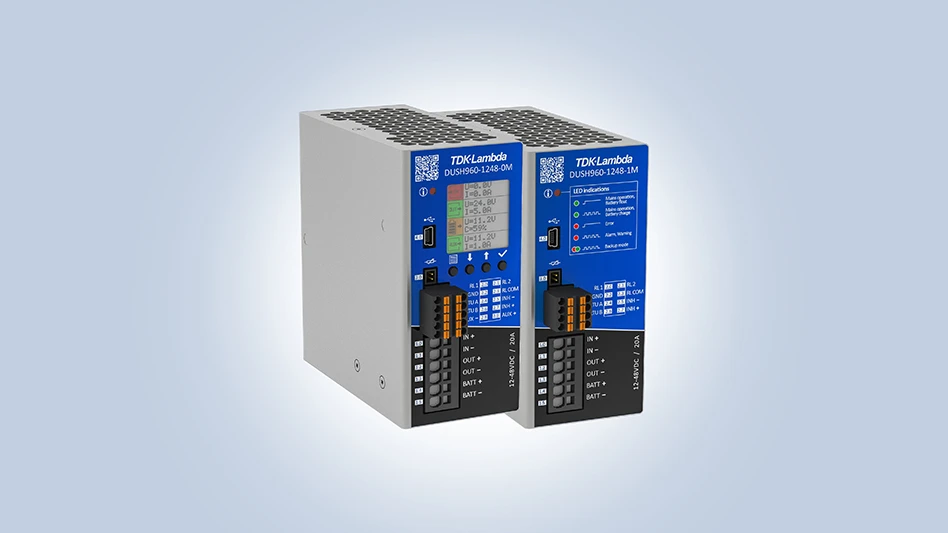
TCCI Manufacturing
The push for electrification is transforming the entire transportation industry, from passenger vehicles to medium and heavy-duty trucks.
And the pace of transformation is only accelerating. In April, the Environmental Protection Agency unveiled a pair of new proposals intended to reduce emissions in the U.S. The first would apply to passenger cars, vans, and light trucks. The second, similar to rules in California, would apply to larger vehicles and lead to the electrification of more than half of heavy duty trucks by 2032.
Much work must happen behind the scenes and “under the hood” to make this historic shift a reality. Although some of the hurdles are familiar to the transformation of passenger cars and lighter vehicles, the technological and logistical execution is even more challenging with medium and heavy-duty trucks.
Steps to electrifying medium and heavy-duty
Medium and heavy-duty vehicles serve different purposes and have unique challenges when it comes to electrification.
Medium duty trucks are typically used for vocational applications, city maintenance, and in-town deliveries, while heavy duty trucks are designed for long-haul transportation. With shorter daily routes and the ability to return to depots for recharging, medium duty trucks have a more straightforward transition in terms of the infrastructure requirements for electrification.
On the other hand, heavy duty vehicles like dump trucks and semitrucks must cover significant distances without recharging, facing the familiar “range anxiety” experienced by many individual owners of electric cars. Other challenges include buyer sentiment, pricing, and reforming supply chains for an electric future.
Here are four key steps the industry can take to successfully electrify medium and heavy duty vehicles:
1. Public-Private Partnerships: Collaboration between businesses, governments, and educational institutions is critical to driving innovation and the adoption of EVs in the commercial vehicle space. By partnering with universities and research institutions, private companies can access grants and funding to develop new technologies and train the workforce required for such a transformation.
Education is an important piece of the puzzle. In Illinois, we have seen local, state, and federal governments come together with community colleges and economic development groups to support classrooms within a manufacturing facility. This allows universities to host classes, conduct research on efficiencies around electrification, and train the workforce for the electrified industry of the future.
The Department of Transportation and the Department of Defense are providing research grants to universities to solve challenges like charging infrastructure, and private companies are receiving much-needed incentives to build out factories in the U.S.
2. Supplier Partnerships: All stakeholders within the supply chain must be aligned. With technology advancements happening faster than ever, it is important to leverage collaboration and partnerships. Navistar has set clear ambitions of 50% zero-emissions new International Truck and IC Bus sales by 2030 and 100% by 2040. The company is embracing a zero-emissions future to ensure the creation of a place where future generations can thrive. To anticipate and manage the demands for transformation that will be necessary to achieve that future, Navistar and TCCI leverage their partnership to implement technology for battery electric commercial vehicles quickly, safely, and efficiently.
3. Testing and Validation: As the industry transitions to electric power, testing facilities must evaluate the charging capabilities, range, and emissions of EVs under a variety of conditions. Doing so involves developing specialized testing facilities that can accommodate a wide range of vehicles from buses to heavy duty trucks, and support fast-charging technologies. By ensuring comprehensive testing and validation processes, the quality and performance of electric medium and heavy-duty vehicles will continue to improve.
Many testing tunnels and chambers are geared towards passenger cars, but modern ones should accommodate testing for heavy duty vehicles, incorporating wind, speed, temperature, and more. The most advanced types can test the charging speed under even the most extreme conditions, from -20 degrees to more than 100 degrees.
4. Advancing Compressor Technologies: The compressor is a critical component in the cooling systems of EVs, responsible for maintaining optimal battery temperatures and ensuring vehicle range. In electric medium and heavy-duty vehicles, compressors must handle the increased thermal loads associated with faster charging rates. This requires a shift from traditional piston compressors and clutches to more efficient scroll compressors with integrated motors and controllers.
The traditional belt-driven product is generally a piston compressor and a magnetically operated clutch, but compressor technology is changing. The latest compressors have a scroll, with the motor and the controller all in one piece.
The transition to electrification in the medium and heavy-duty vehicle sector presents both challenges and opportunities.
The historic shift will continue as environmental regulations tighten around the world. It will come more quickly in some places. In Europe, for instance, strict driving-time regulations for truckers will make electrification more feasible for heavy duty trucks, which can be recharged while drivers are taking their required breaks.
Of course, not all decisions are being made by governments. At the fleet level, operators must consider factors such as vehicle cost, charging infrastructure, and range when making the switch to electric power.
By focusing on public-private partnerships, testing and validation, and compressor technologies, the industry can overcome these hurdles and move towards a cleaner, more sustainable future.
By working together and addressing the challenges, stakeholders can ensure the transition to electric power is both economically viable and environmentally beneficial.
Latest from EV Design & Manufacturing
- Microchip introduces ecosystem of electric two-wheeler design solutions
- Aerospace Industry Outlook returns for spring 2025
- Kettering University receives funding for EV-related curriculum development
- Drop in for an interactive webinar on automation in manufacturing
- Cambridge GaN Devices develops semiconductor solution for 100kW+ electric vehicle powertrain applications
- Low-profile carbide steel inserts designed for a variety of workholding applications
- SK On to supply high-performance batteries to Nissan for electric vehicle production
- Vention unveils customizable machine tending, welding solutions





